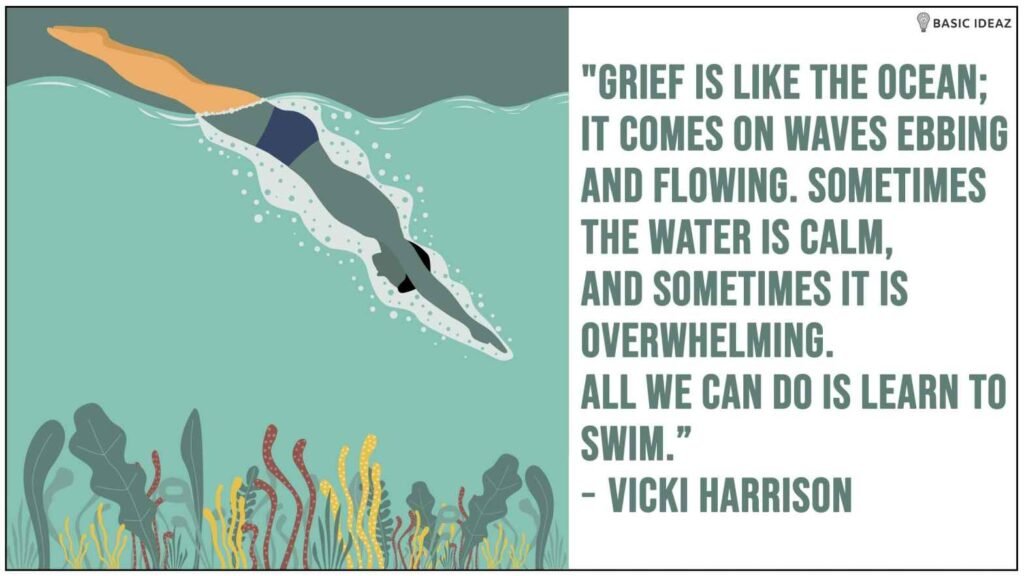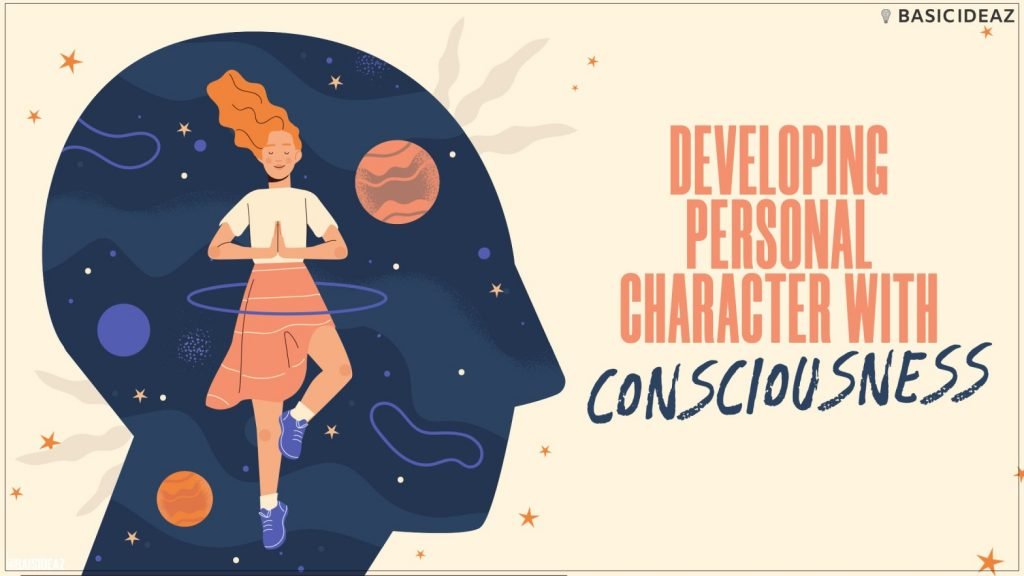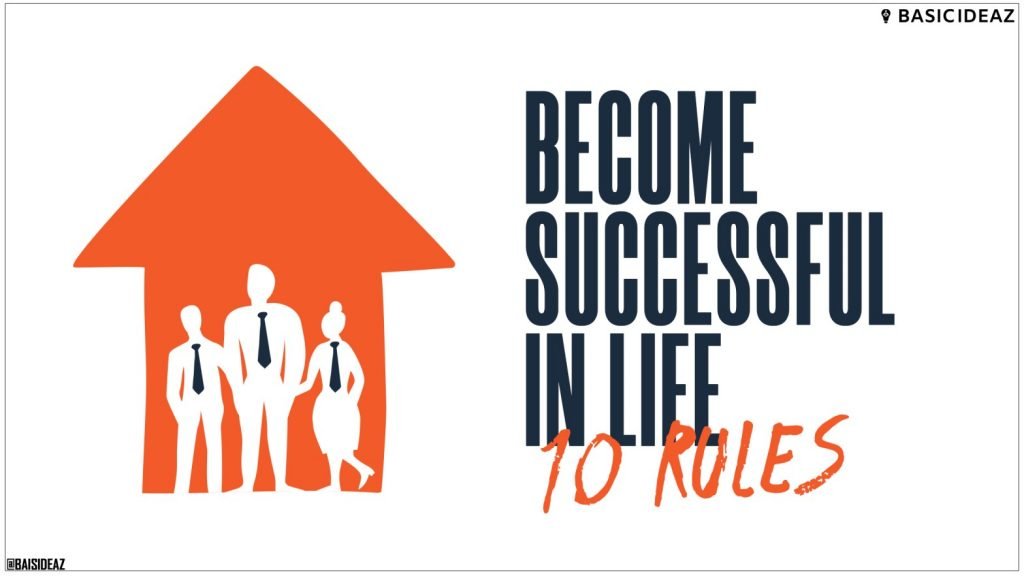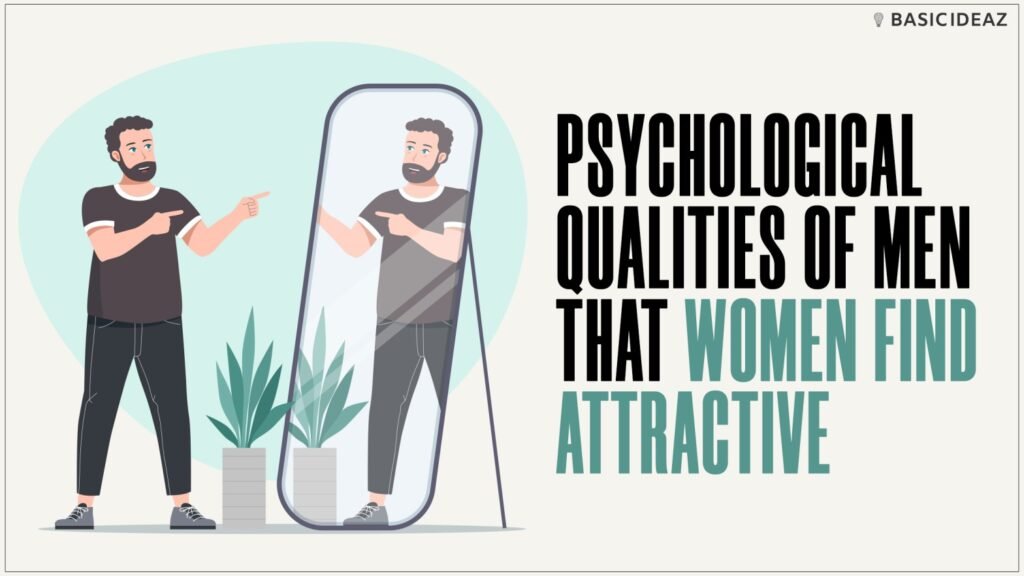Fearful Avoidant Chase : 13 Ways to Break Free From a Fearful Avoidant Relationship.
So, you love a fearful avoidant person, but you want to end the chase because you are tired of this relationship.
This article may help.

What is a fearful Avoidant?
Imagine this, a person in childhood never received emotional support from his caregivers.
Whenever he was sad, angry or frustrated, his parents never told him that everything would be fine; they were there for him and not to be scared of anything.
Instead, they said, stop crying, or I will beat you even more; If I see you with that girl again, you will be grounded for a month; we need 95%+ in your upcoming result, etc.
He also saw his parents fighting, shouting at each other and to comfort himself, he used to hide in his room and shut his ears.
When he grew up, this person distanced himself from any attachment where emotions intensified.
Though he craves intimacy, love and relationships, he is fearful of these attachments at the same time as well.
Thus, the person who avoids or fears these attachments is known as a fearful-avoidant.
Also read:When a Narcissist Sees You Cry : 16 Reactions to Expect and Protect Yourself from Manipulation.
Types of Attachment
Mary Ainsworth attachment theory described four main types of attachments a person can have with others.
1. Secure attachment
These people are comfortable with relationships and do not fear commitments and intimacy.
They received love and care and felt safe around their parents. This is why they have trust in relationships and show respect to their partners.
Some traits of a secure attachment style are:
- Emotional availability: They are emotionally available to their partners.
- Empathy: They understand other points of view, which strengthen relationships.
- Intimacy: They are comfortable with emotional and physical intimacy.
- Commitment: They are confident in making commitments in relationships.
- Conflict Resolution: They don’t shout and break things during the conflict. Instead, they have a healthy and respectful manner of solving conflict.
Get Quality Self Improvement Articles Every Week, No Spam, No Ads.
Thank you!
You are added to the community of Basicideaz.
2. Anxious preoccupied attachment
Have you ever noticed a person who is extra possessive, seeks constant validation that their relationship is safe, and feels jealous when he sees his partner with others?
Yes, that’s an anxious preoccupied attachment style.
Some traits are:
- Seeking reassurance: They don’t trust their partner that they will be there forever. They live in constant fear that someday their partner will leave them.
- Intense emotion: They experience deep love, joy, and happiness but also experience fear, sadness and jealousy in a relationship.
- Clinginess: They like to remain close to their partner. They don’t value personal space much.
- Difficulty letting go: They cannot easily let go of their partner, even if the relationship gets toxic and unhappy over time.
3. Dismissive avoidant attachment
In this attachment style, people avoid emotional attachment with their partners. They like remaining independent and alone.
They don’t trust partners, fear intimacy and remain emotionally unavailable to anyone.
Some common traits are:
- Self-reliance: They don’t depend on others for support and like to do things independently and alone.
- Suppress their emotions: They suppress their emotions and distance themselves emotionally from others, fearing getting hurt.
- High standards: They have high standards for themselves and others, but sometimes they can judge someone if they don’t meet their standard.
- Scared of intimacy: They show awkward signs when they become close to someone because they fear intimacy and committed relationships.
4. Fearful avoidant attachment
A fearful avoidant attachment, also known as a disorganized attachment style, has a conflicting view towards relationships.
They crave love, support and intimacy, but they become scared when they receive the same.
Simply put, they will first chase someone for love, and once they get it, they try to run away.
Some common traits are:
- Inconsistent behavior: They may become loving and caring in one moment, and the next, they will distance themselves and hide in the bathroom for hours.
- Extreme emotions: Their emotions intensify so much that they become fearful of their own emotion.
- Trust: they don’t trust their partner, thinking they don’t love them and have other intentions for being in the relationship.
- Self-esteem: They generally have low self-esteem and have a negative self-image.
Also Read: 5 psychological qualities of men that women find attractive | How to attract a woman
What is a Fearful Avoidant Chase?
In the fearful avoidant attachment style, a person craves love and intimacy, but once that person receives that care, love and support, he gets scared and tries to distance himself from his partner.
Though the person still loves his partner, he thinks this relationship will not work, bad things will happen, and the other person may leave him.
This starts developing fear in the heart of fearful avoidant regarding rejection and abandonment.
He also finds it difficult to express his emotion and love, and he becomes overwhelmed by intense feelings, eventually leading to conflict in relationships.
Once the fearful-avoidant distances himself from his partner, the other person starts chasing him to save the relationship.
This is known as the fearful avoidant chase.
Note* Here, ‘he/him’ doesn’t only mean male.
What are the signs a fearful avoidant loves you?
A fearful avoidant finds it difficult to show affection and love when the relationship advances and emotions intensify.
This may lead to conflict, suggesting that the fearful avoidant is no longer interested in the relationship.
Here are the signs that a fearful avoidant still loves you despite conflict, break-up or divorce:
1. In times of need
The person will be there if you need him; why?
Because he still loves you.
It doesn’t matter if it is 3 o’clock in the morning or 5 in the evening. He will rush to your house if it is urgent. He will be there for you.
2. Let you go
This seems like a movie topic where a person lets the other person go, if he wants to see the other person happy.
But, this is also true in the case of a fearful avoidant.
If the partner is sad and wishes to break up because she is tired of this relationship, the fearful avoidant will let her go.
He does this because he respects the person’s emotions as well.
3. Pay attention
If you meet the person after the relationship is over, he will still pay close attention to your words and try to make you smile.
4. Want to hang out with you
This may seem obvious. The avoidant will suggest having a fun day somewhere in the parks or shopping malls, doing fun stuff, or inviting you to his house for tea or coffee.
5. Show concern about your well being
A fearful avoidant will be concerned about your well-being because he still cares for you. It may be hard for him to express his emotions verbally, but he shows it through his actions.
6.Prioritize spending time with you
It doesn’t matter how busy they are; if you call or invite them to spend time with you, they will be there for you.
Personalities take time to understand. A person may show all the above signs but still may not love you because he treats you as a friend.
He cares about your emotions, and perhaps he is a person who cannot hurt others’ feelings.
Therefore, you need to research before deciding if a fearful avoidant still loves you.
Also Read : How to develop emotional stability knowing that I am highly emotional?
13 ways to end a fearful avoidant chase
The fearful avoidant may still love you after the relationship is over, but that doesn’t mean you should get back.
Because once you get back, there is a big chance that history will repeat itself.
The fearful avoidant will always fear intense emotions and intimacy until he does something about it, like therapy.
He needs to understand that he can trust his partner, become intimate and feel safe in his relationship.
If you want to end the chase for a fearful avoidant, here is how you can do it.
Get Quality Self Improvement Articles Every Week, No Spam, No Ads.
Thank you!
You are added to the community of Basicideaz.
1. Cut off all the connection
You cannot stop your chase if you see that person every day.
This is because a fearful avoidance may break up with you, but he may still have feelings for you.
If this is the case, you will undoubtedly feel the spark, and the hopes for getting back together will rekindle over and over again.
2. Say no to his request
A fearful avoidant is confused and disorganized about his emotions. Sometimes they feel like pushing forward and making that relationship work, and sometimes they don’t want to.
In this case, you have to say no to all his requests, like meeting, having a friendly chat, wanting to see you for the last time etc.
3. Things happen and this is also a part of life.
You don’t need to blame God for what happened to you. Things happen in life, and this is also a part of life.
The sooner you accept the truth, the quicker your heart will heal.
4. It takes time to heal the heart
Of course, you will cry, feel sad and curse everyone for the measurable time you are having.
But that doesn’t mean life will be this way forever.
You don’t need to push yourself to become busy and find something meaningful to forget the other person.
You only need to relax because it takes time to heal.
Your emotions are now at your peak level and will take some time to balance.
5. Once things start to balance, become busy.
Once you accept the truth that this relationship is over and things happen in life, your emotions will slowly ease down.
This is the time to go back to your productive life.
If you don’t have a productive life, then start doing things that you like to do.
Have goals, build a winning mindset and achieve them.
6. Changing mindset
This is not a 2-hour program where you enter a therapy session, and later you become a completely new person.
No, it takes time, especially for those who don’t have a purpose in life.
Read books, listen to podcasts, watch motivational videos, surround yourself with successful people, etc., and your mind will slowly shift to a productive mindset.
7. Take a Vacation
It’s not an option. It’s a must.
People don’t value taking a break and leaving their comfort zone because they think it’s unimportant.
Vacation reduces anxiety and depression and promotes mental health.
In fact, if you just broke up with someone you love, it is a great chance to see the outside world.
You may not feel like doing it, but you should.
8. It’s ok to cry sometimes.
Sometimes despite doing all the abovementioned things, you still feel low and sad in the middle of the night.
It’s okay to feel sad and measurable sometimes because you are human, after all.
What’s not okay is to continue living your life this way.
9. Don’t try to find another partner until you are ready.
Some people go to tinder and start dating someone else to forget the person.
This way, you will only damage your healing by trying to avoid or suppressing certain pain.
If you genuinely want to end the chase, you must face the pain.
10. Start working out
Yes, go to the gym.
It will improve your mood, make you feel better about yourself, have goals, and keep you focused.
Once you improve one area of your life, it will soon reflect on others.
11. Meditation
Meditation and yoga do help to balance your emotions.
In meditation, you focus on the moment, not the past or the future.
The past and future don’t exist, and only the present exists, which is the ultimate truth.
Once you align your mind with the present, you find peace and joy.
12. Read and write
Read books on self-improvement and write down your feelings.
Keep a journal about your emotions; it does help.
Sometimes, complicated hidden emotions remain stuck within you and become difficult to express.
Once you put it down on a piece of paper, you find relief and happiness.
Try it.
13. Seek professional help.
If you are having severe trouble with your life and feel like things are going too bad and having negative thoughts, we recommend you seek professional help.
There is no shame in seeking professional help because, in this generation, it is common to have mental health problems.
Also Read: How to Break Bad Habits Permanently | Freedom of Choice
Conclusion
Life is better than you think.
This is normal if you are going through a hard time and don’t see the light at the end of the tunnel.
You’re just going through a phase.
This is necessary for growth. You need to go through emotional pain to understand more about life, and once you cross this period, you will find more meaning and joy in life.
Best
Ahbab
Books to help you to understand a fearful avoidant and how to end the chase.
Communicate Your Feelings (without starting a fight) by Nic Saluppo
Fearful Avoidant Attachment by Vincenzo Venezia
Love Me, Don’t Leave Me by Michelle Skeen PsyD (Author), Wendy T. Behary LCSW (Foreword)
Attached by Amir Levine (Author), Rachel Heller (Author)









